Utility-scale batteries can revolutionize how we harness renewable power. Coupled with wind and solar, these batteries could increase the reliability of green energy by storing excess energy during times of high generation and low demand. Then, utilities can tap the stored energy when demand increases.
Tag: Solar Power
Not Running Dry: UNLV Project Tackles Water Scarcity in Rural Communities
A UNLV research team is developing sustainable water management solutions for rural arid areas in the U.S. and China, focusing on wastewater reuse through solar-powered treatment processes. The project aims to provide low-cost technologies for non-potable — and possibly potable — reuse in rural communities in both countries, addressing water scarcity and quality issues.
Department of Energy Announces $6 Million for Research Toward a More Robust and Reliable Electric Grid
Two Department of Energy (DOE) offices have funded $6 million in research projects for an inaugural partnership to better prepare the nation for multiple disruptive power events and enable rapid response in a crisis for U.S. grid operators.
Economics of physics-based solar forecasting in power system day-ahead scheduling
Abstract A high-quality solar power forecasting system that strictly adheres to grid regulations is valuable for system operators to formulate strategies for power system scheduling. Some grid operators, therefore, enact penalty schemes for the forecasts submitted by photovoltaic (PV) plant…
Multi-step photovoltaic power forecasting using transformer and recurrent neural networks
Abstract Affordable and clean energy is an important UN sustainable development goal. Solar energy is more difficult to control than fossil fuels, highlighting the need for accurate solar power forecasts. This study develops three variants of the transformer networks, called…
Birth of a new photovoltaic module technology optimised for urban environment
Dr. Seung-il Cha’s electric conversion material R&D team in Korea and Electrotechnology Research Institute (KERI) developed a ‘New photovoltaic module technology’ can perform self-power generation for urban environment.
Global, regional, and local acceptance of solar power
Abstract This study aims to analyse solar power acceptance by different methods in various knowledge domains to gain a holistic view of global, regional, and local acceptance. This includes considering different related aspects of solar energy, including the overall concept,…
Market attractiveness analysis of battery energy storage systems in Indonesia, Malaysia, the Philippines, Thailand, and Vietnam
Abstract Battery energy storage systems (BESS) have emerged as a solution for mitigating the intermittent nature of solar and wind power with the rise of renewable energy. The application of BESS is essential in integrating large-scale renewable energy. Despite the…

90% of Floridians Believe Climate Change is Happening
FAU’s latest “Florida Climate Resilience Survey” found that 90% of Floridians believe that climate change is happening. Belief in human-caused climate change has surged among Florida Independents while slipping among Republicans. Despite these changes, the survey found enduring support among Floridians for increased government action to address the consequences of a warming planet.
UC Irvine-led research team discovers new property of light
Irvine, Calif., May 6, 2024 – A research team headed by chemists at the University of California, Irvine has discovered a previously unknown way in which light interacts with matter, a finding that could lead to improved solar power systems, light-emitting diodes, semiconductor lasers and other technological advancements.
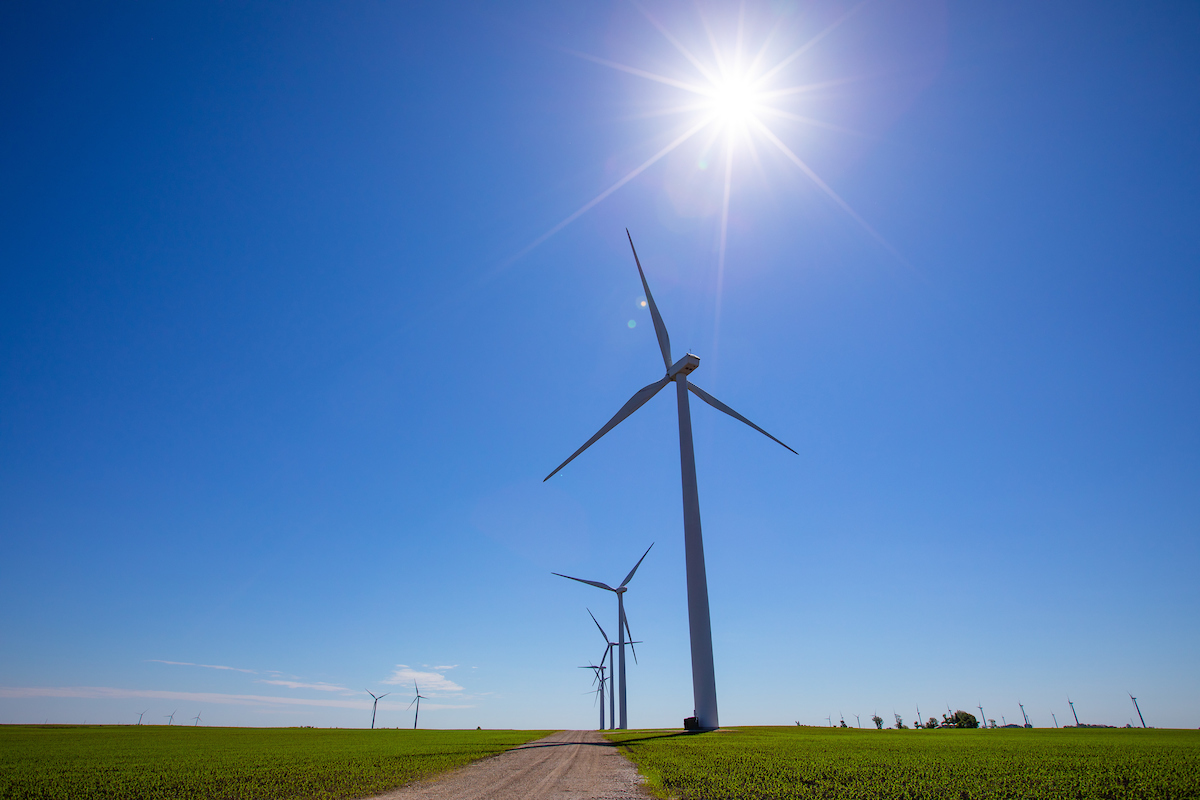
New cybersecurity center to protect grids integrated with renewables, microgrids
The U.S. Department of Energy is awarding researchers a $2.5 million grant to establish a cybersecurity center based at Iowa State University. The center will develop technology to protect power grids from cyberattacks and strengthen the grid industry’s security workforce.
What Will It Take for China to Reach Carbon Neutrality by 2060?
To become carbon neutral by 2060, as mandated by President Xi Jinping, China will have to build eight to 10 times more wind and solar power installations than currently exist in the country. Reaching carbon neutrality will also require major construction of transmission lines.
Photo battery achieves competitive voltage
Networked intelligent devices and sensors can improve the energy efficiency of consumer products and buildings by monitoring their consumption in real time. Miniature devices like these being developed under the concept of the Internet of Things require energy sources that are as compact as possible in order to function autonomously.
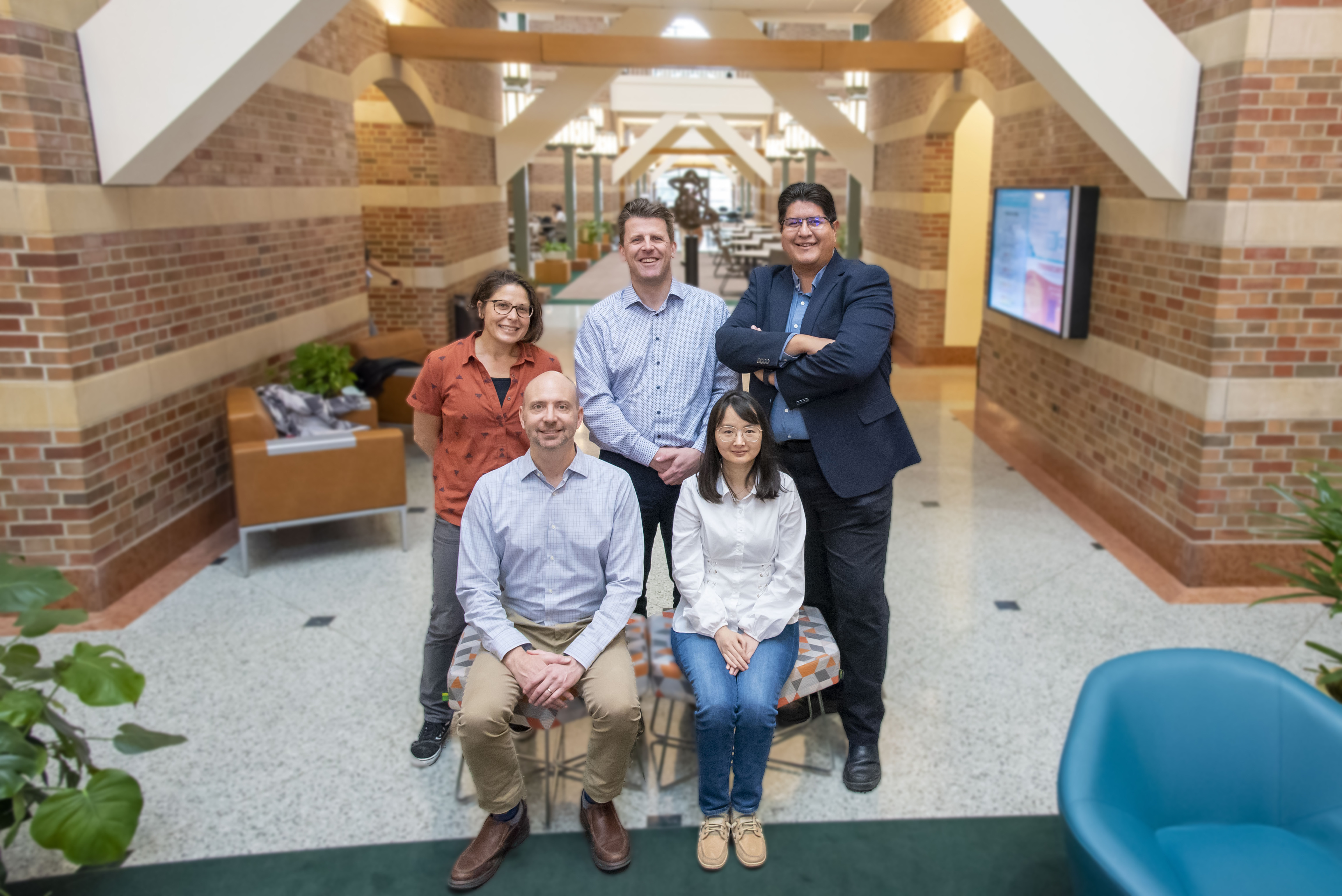
Microdroplets, macro results: Beckman researchers pursue Energy Earthshots
Researchers at the Beckman Institute will conduct electrochemical reactions in microdroplets to produce clean hydrogen, sequester carbon dioxide, and store renewable energies like wind and solar inexpensively and sustainably. Their project, called DROPLETS, received $4.5 million from the U.S. Department of Energy’s Office of Science through its Energy Earthshots Initiative.
Solar farms in space are possible, say Surrey and Swansea
It’s viable to produce low-cost, lightweight solar panels that can generate energy in space, according to new research.
Using photosynthesis for Martian occupation – while making space travel more sustainable
In a study published in Nature Communications, scientists assess a new technique which could convert renewable, green energy from outside the Earth’s atmosphere. They are taking advantage of photosynthesis – the chemical process plants undergo every day to create energy – to help the space industry become more sustainable.
Chemists Unravel Reaction Mechanism for Clean Energy Catalyst
Chemists at the University of Kansas and Brookhaven National Laboratory have unraveled the entire reaction mechanism for a key class of water-splitting catalysts. Their work could help pure hydrogen be produced from renewable energy sources such as solar power.

Rooftop solar panels could power one third of US manufacturing sector
A new study, published in IOP Publishing’s journal Environmental Research: Sustainability and Infrastructure, investigates the feasibility of meeting these electricity demands through on-site solar panel installations for different regions and manufacturing sectors across the United States.
Harnessing solar energy: new method improves readings of double-sided panels
A leading laboratory in photonics and renewable energy at the University of Ottawa has developed a new method for measuring the solar energy produced by bifacial solar panels, the double-sided solar technology which is expected to meet increased global energy demands moving forward.

Cooling Down Solar Cells, Naturally
Too much sun and too much heat can reduce the efficiency of photovoltaics. A solar farm with optimally spaced panels facing the correct direction could cool itself through convection using the surrounding wind. Researchers explored how to exploit the geometry of solar farms to enhance natural cooling mechanisms.
Getting a greener grid
Renewable energy sources now represent 20% of the electricity generated in America. The proposed infrastructure bill seeks to expand renewables, but doesn’t outline how it will happen.
Machine learning provides a shortcut to simulate interactions in materials for solar energy harvesting
Computer simulations can help us understand interactions in materials for solar energy harvesting, but they can be extremely complex. Researchers at Argonne have simplified these modeling tasks using machine learning to speed up materials development.
CUR Engineering Division Announces 2021 Mentoring Awardees, Student Video Competition Winners
The Engineering Division of the Council on Undergraduate Research announces the 2021 recipients of its Mentoring Awards and winners of its Student Video Competition.
Argonne leads creation of definitive valuation guide for pumped storage hydropower
Argonne scientists led four other laboratories in developing definitive guidance on how to value pumped storage hydropower projects. Their efforts resulted in DOE publication of the Pumped Storage Hydropower Valuation Guidebook: A Cost-Benefit and Decision Analysis Valuation Framework. The guide provides an objective, transparent valuation methodology and helps measure both monetary and non-monetary value streams.
BIODIVERSITY RESEARCH INSTITUTE ANNOUNCES NEW CONSULTING DIVISION: BRI ENVIRONMENTAL
Biodiversity Research Institute announces the formation of its new environmental consulting services division—BRI Environmental offering a full suite of services for evaluating and permitting renewable energy development projects, infrastructure projects, marine installations, as well as residential and commercial development.
COVID-19 pandemic drives down U.S. energy use in 2020
Americans used approximately 7 percent less energy in 2020, due in part to the COVID-19 pandemic, according to energy flow charts released by Lawrence Livermore National Laboratory (LLNL).

Materials developed at Sandia help extinguish solar panel fires before they ignite
Sandia National Laboratories has spent 10 years working alongside local company Guardian Sensors Inc. to understand and characterize hazardous arc-faults. Their work led to development of electrical in-line connectors that automatically predict and prevent photovoltaic arc-faults before they can ignite fires.
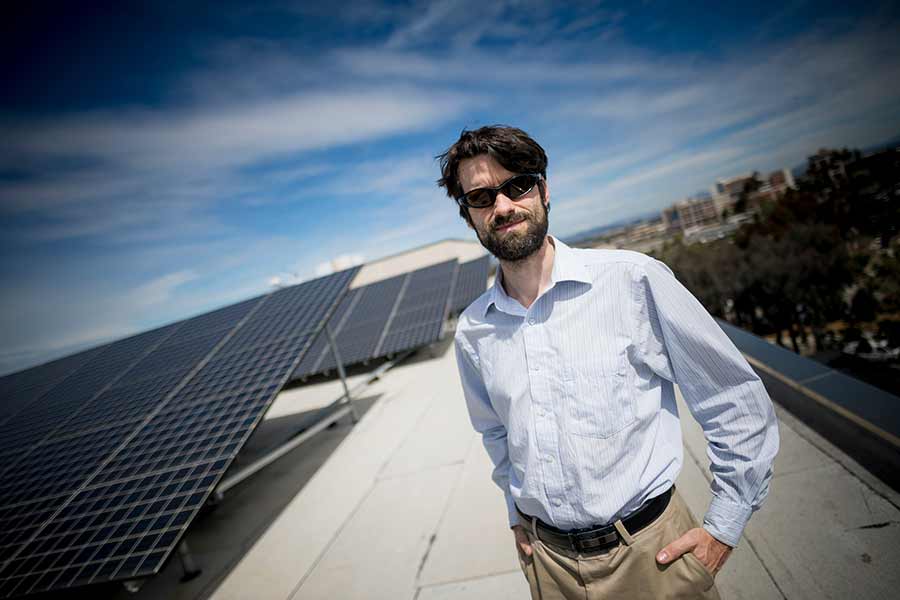
$39 Million to better integrate renewables into power grid
The National Science Foundation has awarded $39 million to a team of engineers and computer scientists at the University of California San Diego to build a first-of-its-kind testbed to better understand how to integrate distributed energy sources such as solar panels, wind turbines, smart buildings and electric vehicle batteries into the power grid. The goal is to make the testbed available to outside research teams and industry by 2025.

Customizable smart window technology could improve energy efficiency of buildings
Scientists combined solar cell technology with a novel optimization approach to develop a smart window prototype that maximizes design across a wide range of criteria.
Newer Solar Power Equipment Ages Better Than Older Units
Utility-scale photovoltaics are the largest sector of the overall solar market within the U.S. and the fastest-growing form of renewable power generation, and this fleet of utility-scale photovoltaic projects is relatively young and hasn’t been operating long enough to establish a lengthy history of operational field service. In the Journal of Renewable and Sustainable Energy, researchers assess the performance of 411 utility-scale photovoltaic projects built within the U.S. from 2007 through 2016.

Solar Power Plants Get Help from Satellites to Predict Cloud Cover
Cloud cover is often characterized in simple terms, such as cloudy, partly cloudy or clear. This does not provide accurate information for estimating the amount of sunlight available for solar power plants. In this week’s Journal of Renewable and Sustainable Energy, a new method is reported for estimating cloud optical properties using data from recently launched satellites. This new technique is known as Spectral Cloud Optical Property Estimation, or SCOPE.
Smaller scale solutions needed for rapid progress towards emissions targets
Low-carbon technologies that are smaller scale, more affordable, and can be mass deployed are more likely to enable a faster transition to net-zero emissions, according to a new study by an international team of researchers.
Households in Switzerland could feasibly be energy self-sufficient by 2050
First-of-its-kind study systematically investigates the technical and economic feasibility of photovoltaics-powered energy self-sufficient households in a temperate climate
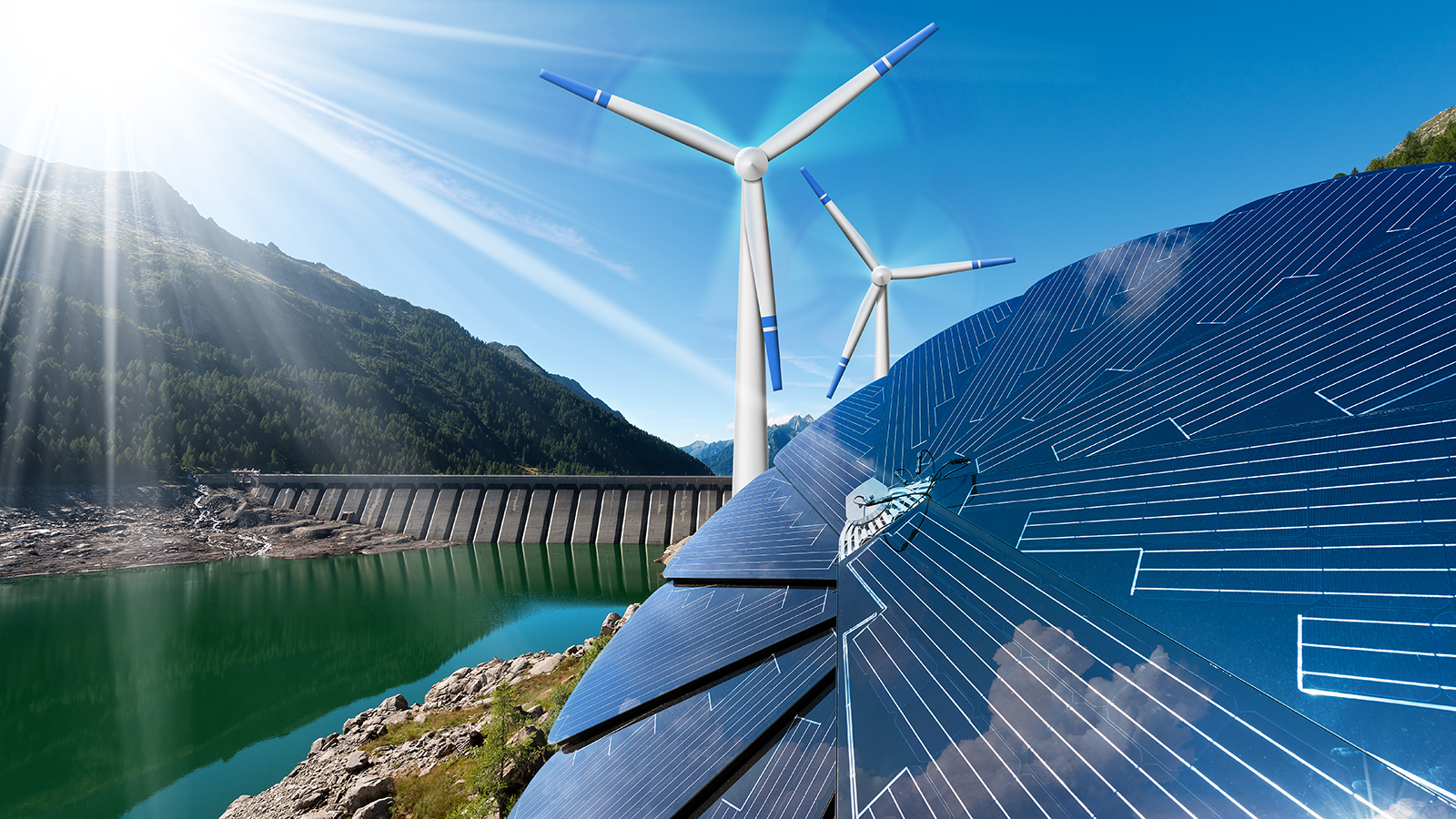
Argonne researchers focus on grid cybersecurity to pave the way for a clean energy future
Distributed energy resources use electronics to communicate with each other or with a control center. Yet this presents opportunities for cyber attacks that could become real threats to the electric power system. Argonne experts are developing ways to protect power systems from these threats before they can occur.
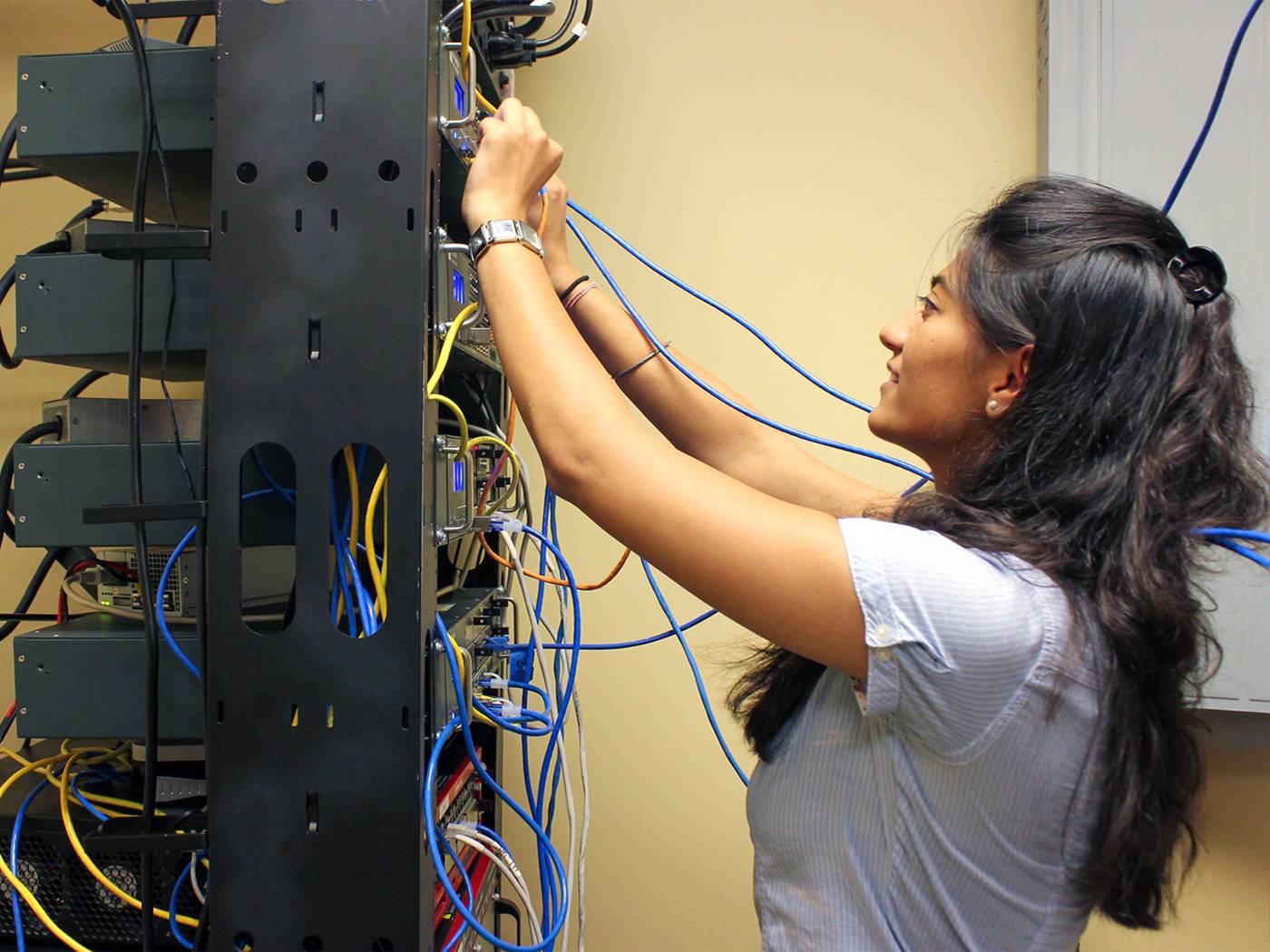
Gift will fund solar panel, electrical research
Thanks to a generous gift from utility company Evergy, students in the College of Engineering at Wichita State University can learn about and conduct research on solar power technology, as well as how to protect an electric grid from short circuiting.

Lin Chen receives Award in Experimental Physical Chemistry
The Physical Chemistry Division of the American Chemical Society announces that Lin X. Chen has received the 2020 Award in Experimental Physical Chemistry. The award recognizes Chen for “fundamental contributions to the elucidation of excited state structures, dynamics and energetics of light harvesting systems.